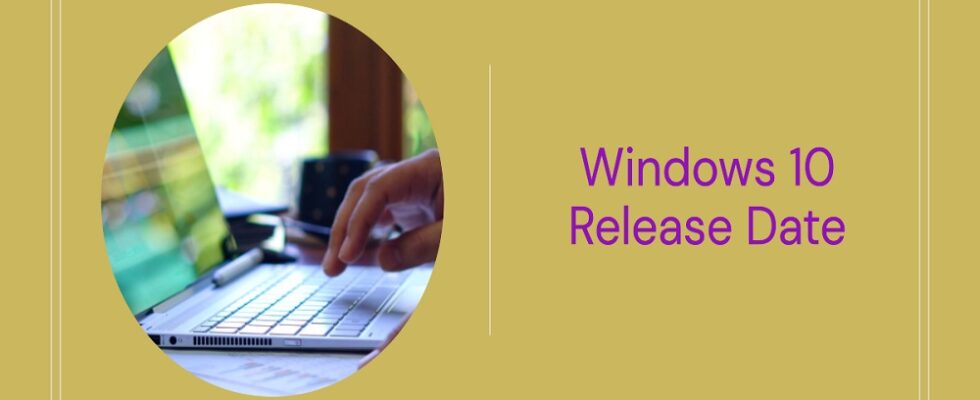Windows 10 is a household name, synonymous with productivity and innovation. From offices to classrooms, this operating system (OS) has found its way into every corner of our lives. But when did Windows 10 come out? Let’s journey through its history, key features, upgrades, and legacy. By the end, you’ll be more informed about this integral software that has shaped digital interaction since its launch.
When Did Windows 10 First Appear?
Windows 10 was officially unveiled to the public on July 29, 2015. After the slightly lackluster performance of its predecessor, Windows 8, Microsoft was eager to set a new standard in user experience and functionality. Thus, Windows 10 was conceptualized to be a platform that fused the best attributes of its predecessors while incorporating modern features like touch screen support and improved security.
From Windows 1.0 to Windows 10: A Quick Look Back
Before delving deeper, it’s essential to acknowledge the legacy that paved the way for Windows 10. Windows 1.0 was launched in 1985, and it was a simple GUI layer on top of the MS-DOS system. With each version, the operating system evolved. Windows 95 brought the Start Menu, Windows XP was celebrated for its reliability, and Windows 7 enhanced usability.
What Makes Windows 10 Unique?
When we discuss what sets Windows 10 apart, it’s crucial to highlight:
- Unified Interface: Windows 10 offered a unified platform for various devices, including PCs, tablets, and smartphones.
- Cortana Integration: The intelligent virtual assistant Cortana became a core feature, assisting users in tasks and web searches.
- Edge Browser: The introduction of the Edge browser marked a new era of internet browsing, replacing Internet Explorer.
Timeline of Significant Updates
Windows 10 Anniversary Update (2016)
Introduced extensions for Edge, Linux subsystem, and Cortana improvements.
Windows 10 Creators Update (2017)
Focused on 3D creation tools and gaming features like Game Mode.
Windows 10 Fall Creators Update (2017)
Introduced OneDrive Files On-Demand and Fluent Design.
Windows 10 April 2018 Update (2018)
Added Timeline feature and improved Focus Assist.
Windows 10 May 2019 Update (2019)
Introduced Windows Sandbox and improved Windows Update experience.
Windows 10 May 2020 Update (2020)
Introduced a streamlined Cortana experience and enhanced security features.
Windows 10 S: A Lighter Version
Windows 10 S was unveiled in 2017 as a streamlined, more secure version of Windows 10, optimized for performance and targeted primarily at educational settings.
The Journey from Free Upgrade to Paid Licensing
Initially, Windows 10 was offered as a free upgrade for users of Windows 7 and 8.1. This promotion ended in 2016, leading the way for paid licensing, with costs starting at $139 for Windows 10 Home.
Legacy and Future Outlook
As of 2021, Windows 10 holds a market share of approximately 76% among desktop OS users. With its adaptability, robust feature set, and seamless updates, Windows 10 remains a cornerstone in the technology landscape.
Frequently Asked Questions
When did Windows 10 come out?
Windows 10 was released on July 29, 2015.
What are the significant updates of Windows 10?
Key updates include the Anniversary Update, Creators Update, Fall Creators Update, April 2018 Update, May 2019 Update, and May 2020 Update.
How much does Windows 10 cost now?
As of 2021, the cost for Windows 10 Home starts at $139.
What is Windows 10 S?
Windows 10 S is a more secure and streamlined version of Windows 10, targeted mainly at educational settings.
Conclusion
Windows 10 is more than just an operating system; it’s an evolving platform that has shaped our digital lives since its release on July 29, 2015. From its unified interface to smart Cortana integration and progressive updates, Windows 10 has been a game-changer in the world of personal computing. While it has faced its fair share of criticisms and challenges, the enduring legacy of this pioneering OS is beyond question.


